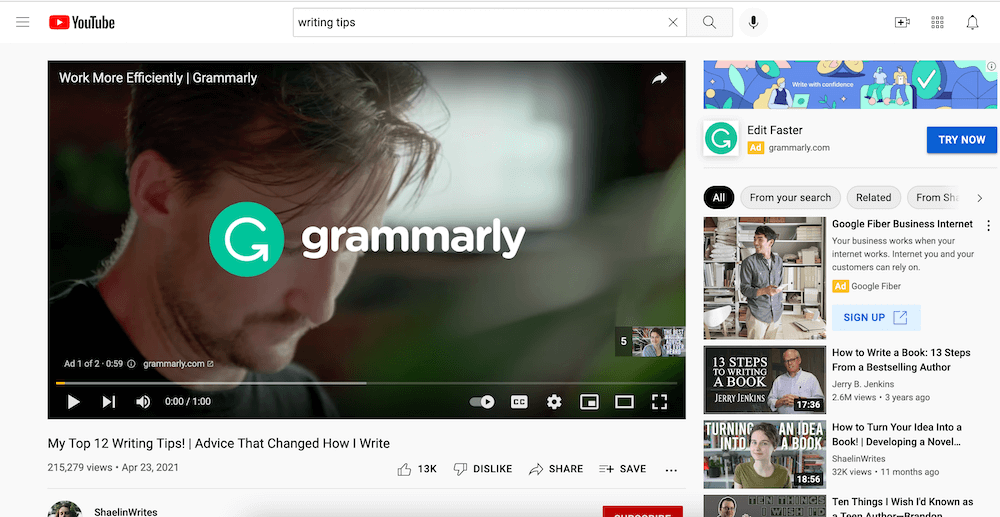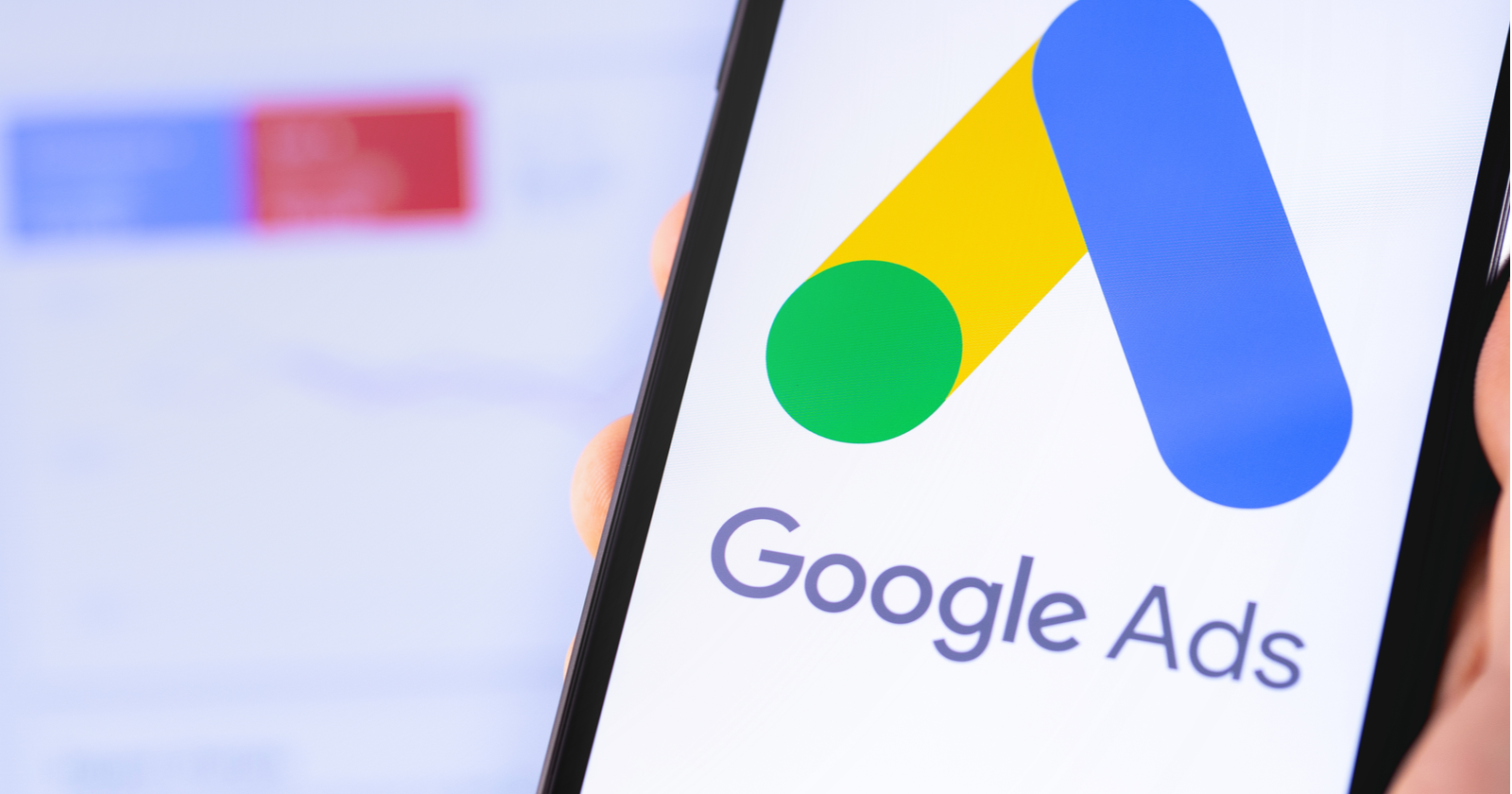As we move away from third-party cookies into a new digital era with privacy at its core, marketers face a big challenge in finding ways to retarget customers and implement effective advertising strategies.
In fact, eConsultancy reports that only 36% of marketers feel they have a good handle on what the future of online advertising industry might look like. And another report by Epsilon found that nearly 80% of marketers are either very or moderately reliant on third-party cookie data.
You might be in one, or both, of those groups. If so, we’re here to help. Because retargeting and remarketing without third-party cookies is possible and you can target your advertising campaigns to internet users using your first-party data. This week, we’re going to discuss 7 strategies you can implement to curb your dependency on third-party data and utilize your advertising strategies.
Is Retargeting Possible Without Third-Party Cookies?
In short, yes. But instead of relying on third-party cookies, marketers must now concentrate on first-party data and utilize target advertising in their online ads. Namely, how to use what you may already have at your disposal and how to get more of it. This is always the first step on the road to a new retargeting and online advertising strategy, especially if you’re utilizing tools like Google Ads.
Advertise to Humans, Not Bots
Save up to 20% of your advertising budget by automatically eliminating fake ad clicks across all paid channels.
1. Personalising Your Customers’ Experience
The best way to use and get more first-party data is through a word you’ll hear more and more about as we advance towards a first-party data landscape: personalisation.
Personalisation is crucial to improving your customers’ experience. Think about it. Does anyone not enjoy a personal touch? It’s what turns an economy flight into a first-class upgrade because it’s your honeymoon. It’s the bartender already knowing your favourite drink as you walk in. The pretty basket of fresh local produce and a welcome note at an Airbnb.
For brands and retailers, it means they’ll need to get creative. If you’re a fashion brand and you know a customer’s favourite colour is red based on previous purchases, you shouldn’t keep showing them blue clothes in the ads you display to them. Get it right, and personalisation is what keeps customers coming back for more.
So take the time to get to know your customers better and use the data you already have to tailor their experience in whatever way you can. Doing this serves to solidify the relationship your customers have with your brand. And it reassures them handing over more data is only going to benefit them.
2. Using CRM Retargeting
Once you’ve got some customer data, it’s time to put it to work. Here are a few ways you can harness your CRM data to retarget customers:
Use cross-selling and upselling
This might seem obvious, but the data you’ll have from your customers means they’ll be expecting you to provide them with more of what they like. So use the opportunities you get to cross-sell and upsell other relevant products and services.
Think about different channels and devices
Once you have the data, you’ll be able to track your customers across various platforms and devices – that is, if they provide the same data to those vendors. So your retargeting ads can keep showing up as they journey across the internet.
Concentrate efforts on higher-value prospects
Because you already have a lot of detail about prospective customers, you can concentrate on the audiences and individuals you know are most likely to convert to customers. Who spends the most with you? Can you see patterns emerge in your top customer profiles? Build a better understanding of your highest value customers and use the insights gained to market to others who fit that general profile in the future.
3. Make the Most of Your First-Party Cookies
Knowing more about your customers will enable you to really drill down into their likes and dislikes. Their wants and needs. Then target, and retarget them specifically with ads you know they’ll want to see and interact with. The more personalised the ad, the better the chances for conversion.
4. Using Contextual Advertising
“Like beer ads in a bar: go where your customers are. For consumers, contextual advertising, based on keywords or the webpage content, feels relevant and less creepy than third-party cookie-based retargeting.” – R&CSaatchi.
That’s is a great way to put it. Contextual advertising does not rely on third-party cookies or data about the user. It works by matching the content of a webpage with the content of an ad. Here are a couple of examples of contextual advertising in action:
In-game
This is a relatively new concept but is very quickly becoming more and more popular. It’s not just about ads whilst a game loads or in between levels, which can quickly annoy users. It’s using ads to enhance the game instead, like the billboards around the side of the stadium in virtual sports stadiums. It gives the game a more realistic feel and doesn’t distract from the experience itself, imitating what happens in the real world.
In-video
The best example of this would be an ad relevant to the content of the video you’re watching. So if you’re watching a YouTube documentary on soccer, for example, you may see an ad for soccer shirts, boots or other equipment.
But when poorly done, contextual advertising can put brand safety at risk. For example, if you were a company selling package holidays, you wouldn’t want your ads to be displayed on videos about “worst aviation disasters”. Yes, aeroplanes and aviation are related to going on holiday. But the “disaster” part means the context is no longer suitable. These days, technology exists to stop these kinds of mis-matching from happening.
Ad verification is a process which allows advertisers to check if their ads are displayed in the right context, on the right websites, in the right area of a website, and seen by the right audiences. Platforms which provide this technology are getting better and better at protecting brands who want to lean into contextual display advertising to increase growth. As you can see, the context for the Grammarly ad below fits the video title perfectly:
5. Ad Placements & Platform Partnerships
Exploring and utilising tools from companies that already have an established presence among your target audience is a great way of picking up the slack whilst you build your first-party data.
Remember that someone else’s first-party data is second-party data to you. So it’s worth taking the time to consider building partnerships where you can match data. This requires first-party consent, so make sure to be upfront about this in your privacy policy.
6. Consider Using Walled Gardens
Classic examples of walled gardens include Google Adwords, Meta Audience Network, and Amazon’s Advertising Platform. So what are the pros? Walled gardens use logged-in users which allows them to track each person across devices. When you’re buying ad space in a first-party platform, there’s no need for third-party cookies. Added to this, billions of people use these platforms daily. That’s a lot of potential customers.
However, as companies spend more on these platforms, the less they understand their customers. This is because data from campaigns within walled gardens can’t be tied back to what we discussed earlier – your CRM database. For example, the data you see on your Google Adwords account almost never ties up in sync with your CRM data. And without that, further targeting becomes difficult if not impossible.
It also raises transparency concerns. Because walled gardens can’t share their data with advertisers, you don’t know who your ad is being shown to or where it’s being shown. This can jeopardise the image of your brand if the placement is inappropriate, for example.
Plus there’s issues created by lack of ownership. If the walled garden platform you’re advertising on decides to make changes to its policies or algorithm, it can instantly make your life much harder. All of a sudden your conversion rates can drop and eat into your profit margin, or wipe it out entirely.
So whilst walled gardens are a useful tool, you should only consider using them as a part of your strategy, rather than putting all of your eggs into one particular basket, like Google Adwords.
7. Don’t Delay – The Time Is Now
The marketing world is moving quickly to find solutions to the problems posed by the move away from third-party data. Although Google has repeatedly kicked the can down the road (third-party cookie depreciation is now expected for late 2025), your skates should at least be very much on.
Decision-makers need to pull together. This move is stratospheric in terms of impact on online advertising. So CEOs, CMOs, and Heads of Compliance and Ethics must work together. Solutions need to be identified, planned, and executed collectively. Now’s not the time to adopt more independent strategies – only one thing matters, and that is unifying around consumer needs.For more on what you can do to improve your marketing performance in a privacy-centric world, check out our webinar with Rand Fishkin, Nick Handley, and Anu Adegbola:
One More Thing
To implement these strategies, it’s absolutely crucial that your data is clean and free of anything that could skew it. Lunio ensures all your ads reach real customers, not fake users and bots. We’ll help you to take full ownership of your data your paid ad campaigns generate, unlocking hidden customer insights that could make all the difference as you plan for a cookieless future.
So there we have it – 7 strategies for retargeting without third-party cookies. To learn more, download our free guide, Advertising in a Privacy-First World 2022.
Advertise to Humans, Not Bots
Save up to 20% of your advertising budget by automatically eliminating fake ad clicks across all paid channels.








